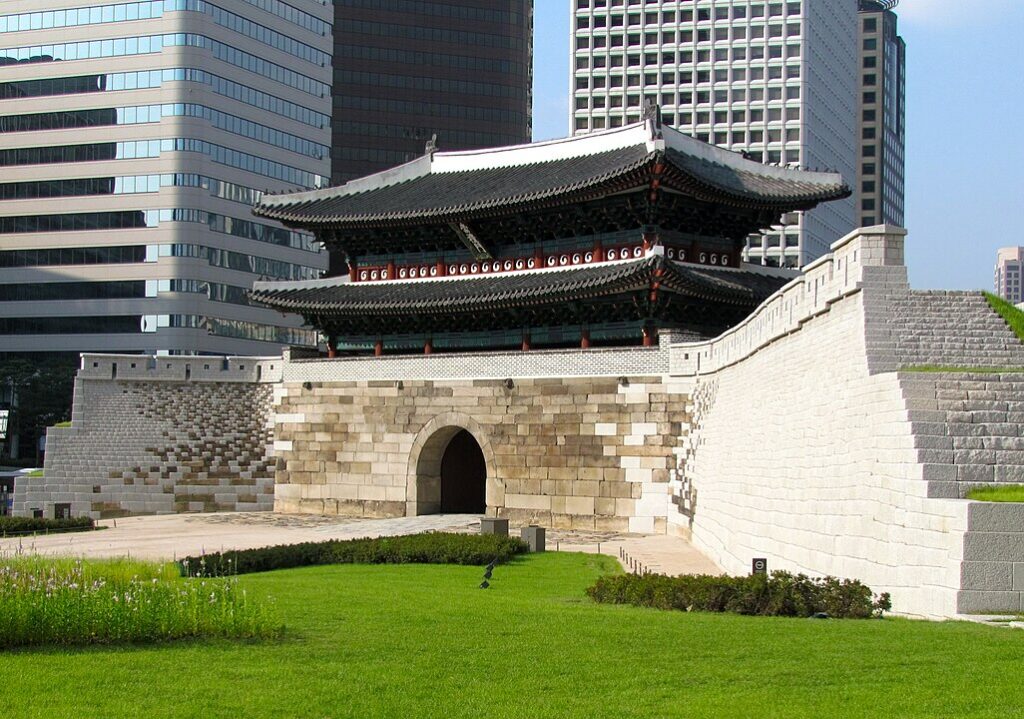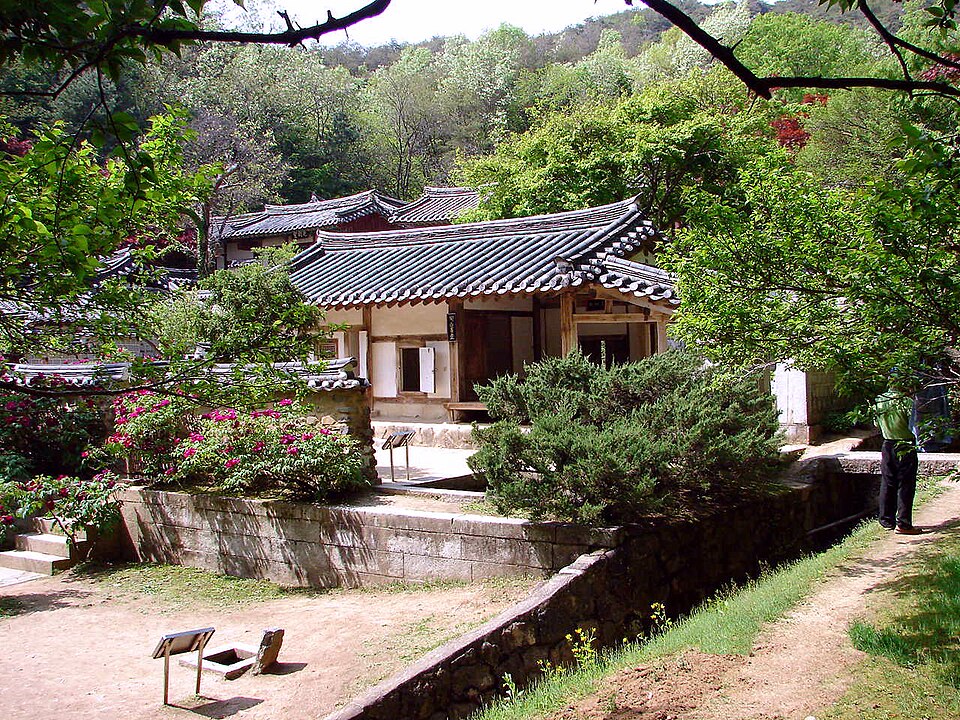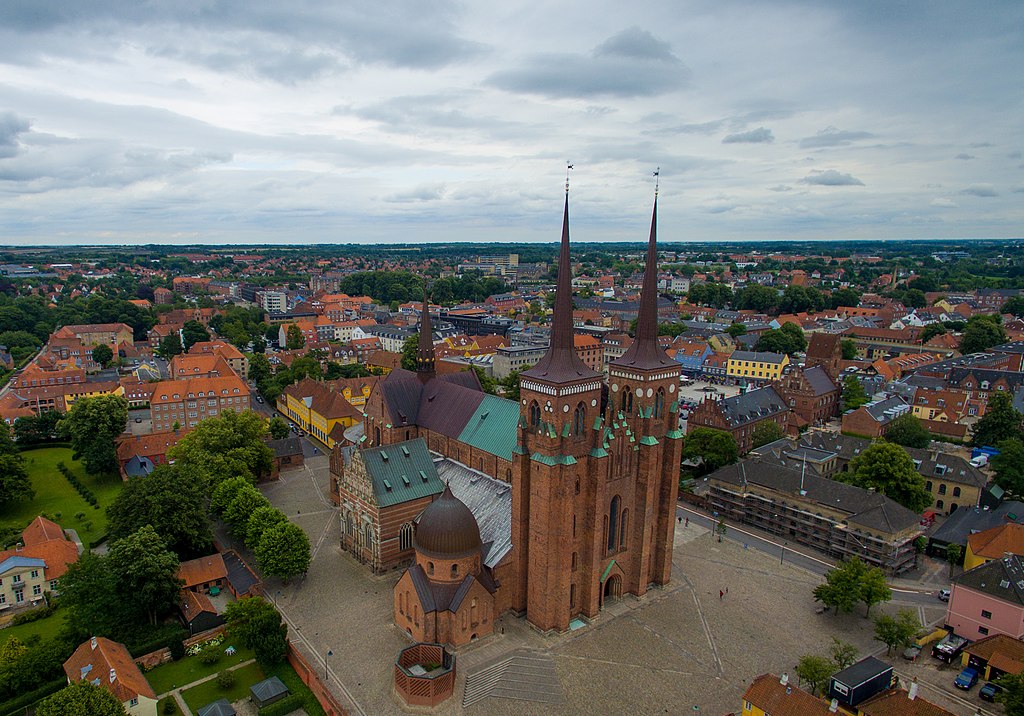Restoration of Sungnyemun Gate, Seoul (Korea)

By DoulosCore at English Wikipedia, CC BY-SA 3.0, https://commons.wikimedia.org/w/index.php?curid=39905526
On Feb. 11, 2008, a fire destroyed Seoul’s 600-year-old Sungnyemun Gate, after a five-hour battle by 120 firefighters that failed to save South Korea’s top national treasure. The capital’s oldest wooden structure (landmark listed as National Treasure No.1), also known as Namdaemun (gate of respecting propriety), caught fire at 8:46 p.m. and was burnt to its foundations by 2 a.m.
How Is Restoration proceeding? The Cultural Heritage Administration said restoration of the gate will be undertaken in three phases. The first phase of preserving the fire-stricken site was completed on May 2009. The second phase of investigation, excavation and design is underway. Digging will resume soon to discover the exact location of walls, roads and ponds that used to surround the gate in the past. The third phase of reconstruction will begin around January next year for completion in 2012. The government will spend about 25 billion won on the reconstruction project.
The administration has secured pine timber for the reconstruction. Some 10 trees more than 70 centimeters in diameter were cut down in Samcheok, Gangwon Province. The 100-year-old lumber will be dried in the storeroom of Gyeongbok Palace for two years. Also, an additional 167 pine logs will be provided from personal donators around the country. A wooden tablet hanging on the gate written in Chinese characters survived the fire that destroyed all other wooden parts of the structure. The tablet, 230 centimeters in height and 106 kilograms in weight, is undergoing restoration at the National Research Institute of Cultural Heritage. In the process, the institute discovered it sustained scratches on its edges with 38 sections requiring repair.
Meanwhile, some 3,000 pieces collected from the site were also moved to the storeroom of Gyeongbok Palace for measurement and preservation. The most difficult task is whether the stone bases of the fire-ravaged structure should be dismantled. The stone structure didn’t sustain any external damage but absorbed some water while emergency crews extinguished the fire rendering them too weak to support the upper wooden parts.
Sungnyemun, made of wood and stone with a two-tiered, pagoda-shaped tiled roof, was the oldest wooden structure still standing in Seoul. Construction of the gate started in 1395 during the reign of King Taejo, founder of the Joseon Kingdom (1392-1910) and was completed in 1398.
The structure was rebuilt in 1447 in accordance with the theory of divination, based on topography, and underwent major repairs in 1479. The gate also underwent extensive restoration from 1961 through 1963 to repair damage inflicted during the Korean War.





